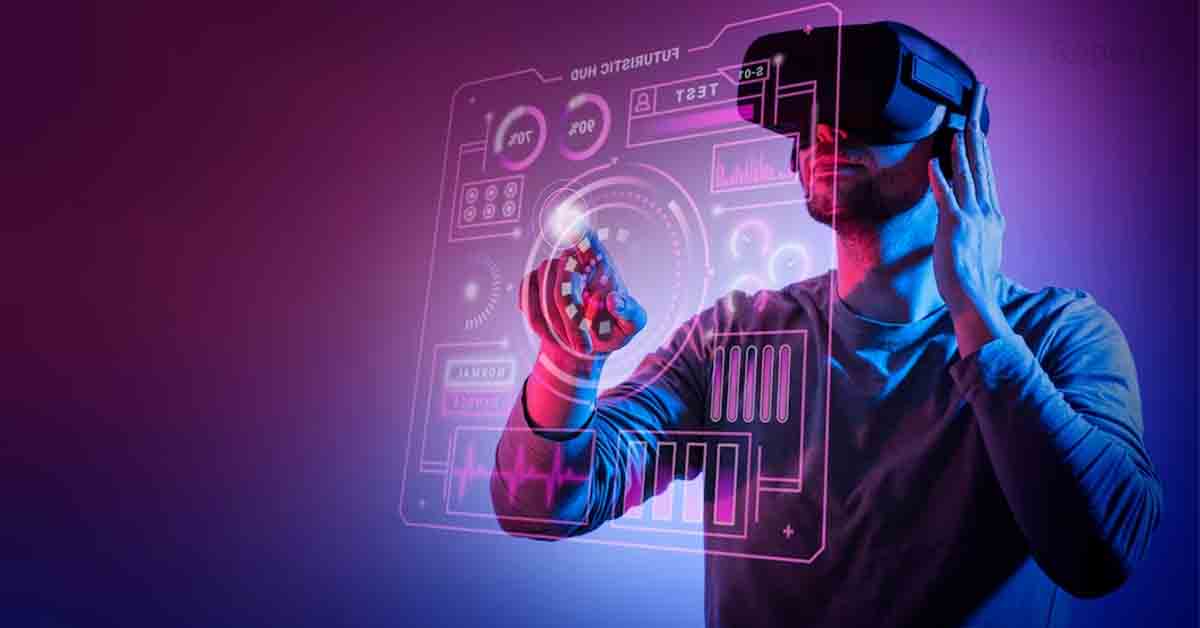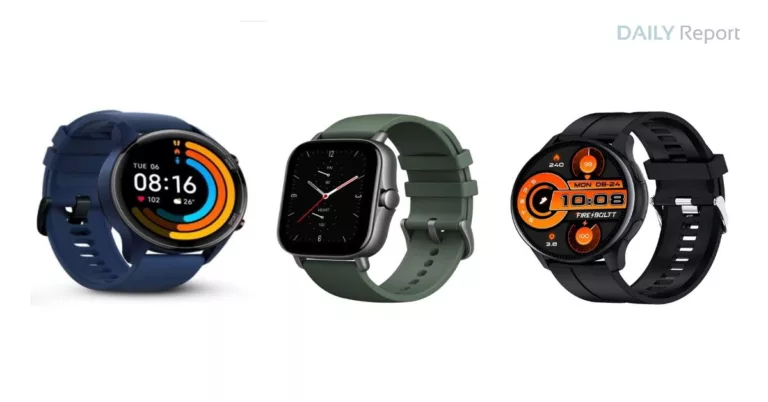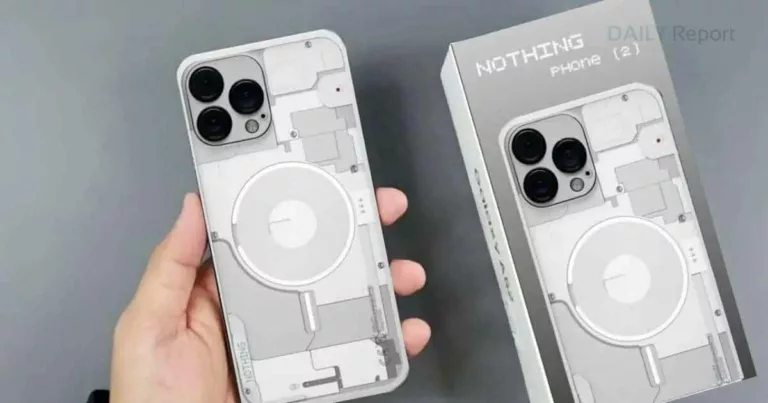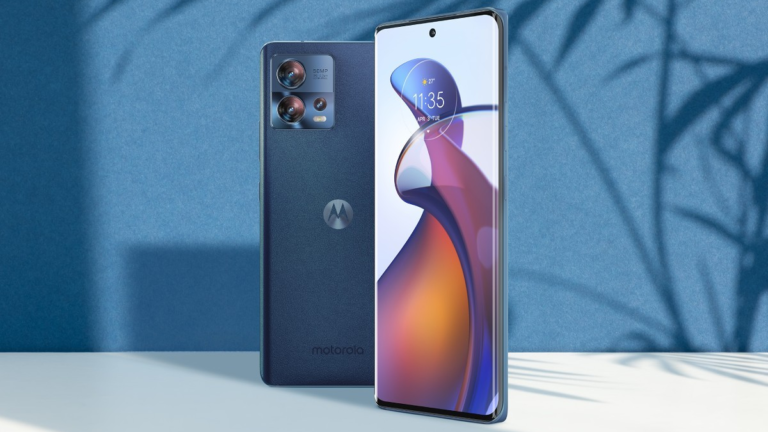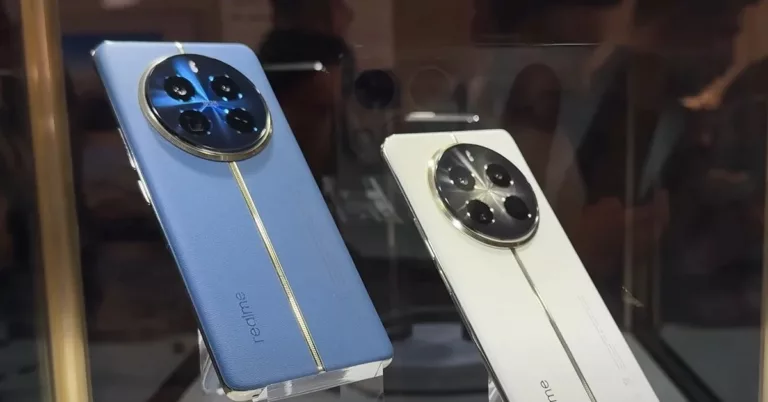The Evolution of Virtual Reality: From Gaming to Real-World Applications 2023
Introduction
Virtual Reality (VR) has come a long way since its inception, transforming from a mere concept to a technological marvel that has revolutionized various industries. Initially popularized in the gaming world, VR has transcended entertainment boundaries to find practical applications in real-world scenarios. This blog will explore the fascinating journey of virtual reality, from its humble gaming origins to its current integration into fields such as healthcare, education, training, and beyond. We will delve into the advancements, challenges, and potential future developments that have shaped VR into a transformative tool for immersive experiences and practical applications.
I. The Birth of Virtual Reality
Virtual Reality as a concept dates back to the 1960s, but it wasn’t until the late 1980s and early 1990s that the technology started making significant strides. Companies like Sega and Nintendo introduced VR gaming consoles, albeit with limited success. The bulky headsets, low-resolution graphics, and high costs hindered widespread adoption. However, these early attempts laid the foundation for future advancements.
II. Gaming: The Catalyst for VR Advancements
The gaming industry has been instrumental in driving the evolution of virtual reality. With the emergence of powerful gaming consoles and high-performance PCs, VR found a new lease on life. The introduction of devices like the Oculus Rift, HTC Vive, and PlayStation VR brought immersive gaming experiences to the forefront, captivating both developers and consumers.
These advancements were accompanied by improved graphics, motion tracking, and controller technologies, enhancing the level of immersion and interactivity. Game developers embraced VR, creating breathtaking virtual worlds and interactive experiences. The gaming community played a crucial role in shaping VR, providing valuable feedback and driving innovation.
III. VR Beyond Gaming: Real-World Applications
As VR technology progressed, its potential applications expanded beyond the realm of gaming. Today, virtual reality is being employed in numerous industries, with exciting possibilities for the future. Let’s explore some of these real-world applications:
A. Healthcare and Medicine:
Virtual Reality has found its way into the healthcare sector, revolutionizing medical training, therapy, and surgical procedures. Medical students can now practice complex surgeries in a safe virtual environment before operating on real patients. VR simulations help reduce medical errors, improve patient outcomes, and enhance the overall training experience for healthcare professionals.
B. Education and Training:
Virtual Reality has become a powerful tool in education, offering immersive and interactive learning experiences. From exploring historical sites to simulating scientific experiments, VR provides students with engaging educational content. It caters to different learning styles, stimulates creativity, and boosts knowledge retention.
C. Architecture and Design:
Architects and designers can leverage VR to visualize and present their projects effectively. With virtual reality, clients can walk through virtual building models, assess interior designs, and experience the spatial layout before construction begins. This technology enhances communication, minimizes design errors, and saves time and resources.
D. Military and Defense:
Virtual Reality is transforming military training by offering realistic combat simulations and mission rehearsals. Soldiers can experience various scenarios, practice tactical maneuvers, and develop critical decision-making skills in a safe and controlled environment. VR training enhances readiness, reduces costs, and mitigates risks associated with live exercises.
E. Tourism and Travel:
Virtual Reality has opened up new horizons in the tourism industry, enabling travelers to explore destinations virtually. From virtual city tours to immersive experiences in cultural landmarks, VR enhances travel planning and offers a taste of different locations before embarking on actual trips. This technology promotes tourism, enhances marketing strategies, and provides accessible experiences for individuals with mobility limitations.
F. Mental Health and Therapy:
VR is proving to be a valuable tool in mental health treatment. It aids in managing anxiety disorders and phobias by exposing patients to virtual environments that trigger their specific fears in a controlled setting. This exposure therapy helps individuals gradually confront and overcome their anxieties, leading to improved mental well-being. Additionally, VR is used to create calming and immersive environments to reduce stress, manage pain, and enhance relaxation techniques.
G. Engineering and Manufacturing:
Virtual Reality has revolutionized the engineering and manufacturing sectors by enabling engineers to visualize and optimize product designs in a virtual space. Prototyping and testing can be done virtually, reducing costs and accelerating the development cycle. VR simulations also aid in assembly line planning, safety training, and maintenance procedures, ensuring efficient operations and improved productivity.
H. Rehabilitation and Physical Therapy:
Virtual Reality is increasingly being integrated into rehabilitation and physical therapy programs. Patients recovering from injuries or with mobility impairments can engage in virtual exercises and simulations to regain motor skills, improve balance, and enhance coordination. VR-based therapy provides a motivating and engaging platform for rehabilitation, leading to better outcomes.
IV. Challenges and Future Developments
While virtual reality has made significant strides, several challenges remain. One key challenge is the need for more accessible and affordable hardware. High costs and bulky equipment have limited widespread adoption. However, as technology advances, we can expect more affordable and user-friendly VR devices to enter the market.
Another hurdle is the issue of motion sickness and discomfort experienced by some users during prolonged VR sessions. Addressing this challenge requires advancements in display technologies, reducing latency, and improving motion tracking systems to provide a more seamless and comfortable experience.
Furthermore, content creation remains crucial for VR’s continued growth. The development of immersive and engaging experiences requires skilled developers and designers who can create high-quality virtual worlds. As the demand for VR content increases, so does the need for a diverse range of applications and experiences.
Looking ahead, the future of virtual reality holds immense potential. Advancements in areas such as haptic feedback, eye-tracking, and augmented reality (AR) integration are on the horizon. These developments will further enhance the level of immersion, interactivity, and realism in VR experiences.
Moreover, the convergence of VR with other emerging technologies like artificial intelligence (AI) and the Internet of Things (IoT) will unlock new possibilities. AI algorithms can analyze user behavior and preferences to provide personalized and adaptive VR experiences. IoT integration can enable real-time data collection and synchronization with virtual environments, creating a seamless connection between the physical and virtual worlds.
The applications of virtual reality will continue to expand across industries. Sectors like retail, sports, entertainment, and social networking are already exploring the potential of VR to enhance customer experiences and create new avenues for interaction.
Conclusion
Virtual Reality has evolved from being primarily associated with gaming to a technology that is transforming various sectors. It has revolutionized industries such as healthcare, education, architecture, military training, tourism, mental health, engineering, and rehabilitation. While challenges exist, ongoing technological advancements and the increasing demand for immersive experiences indicate a promising future for virtual reality. As VR continues to evolve, it has the potential to reshape how we learn, work, communicate, and experience the world around us, unlocking a realm of endless possibilities.

